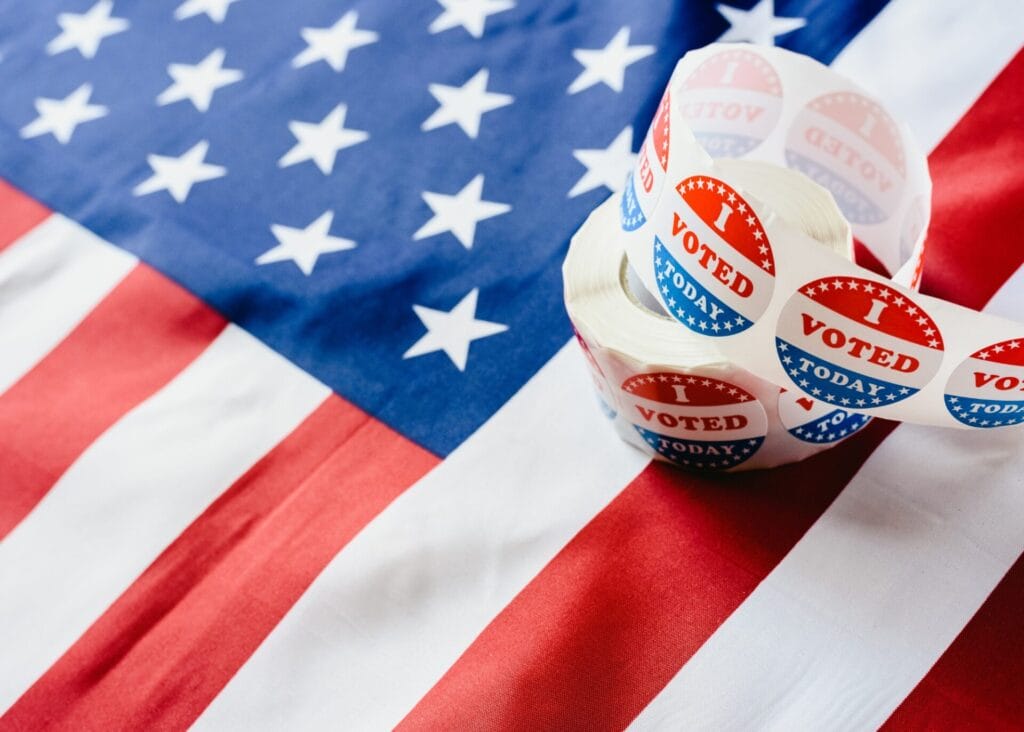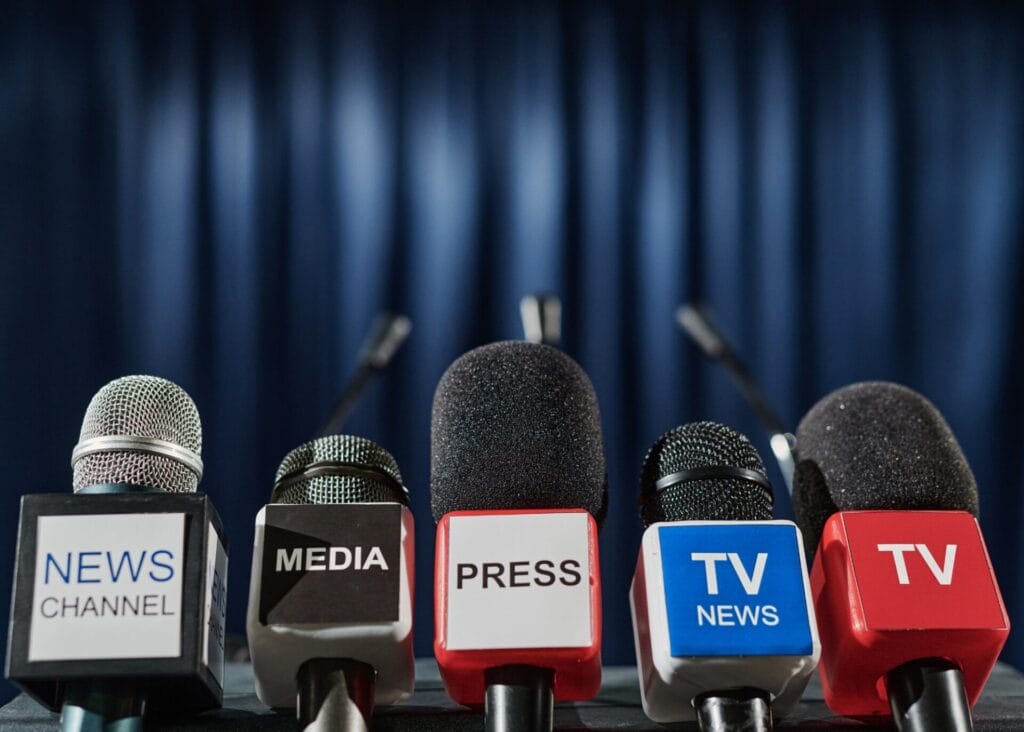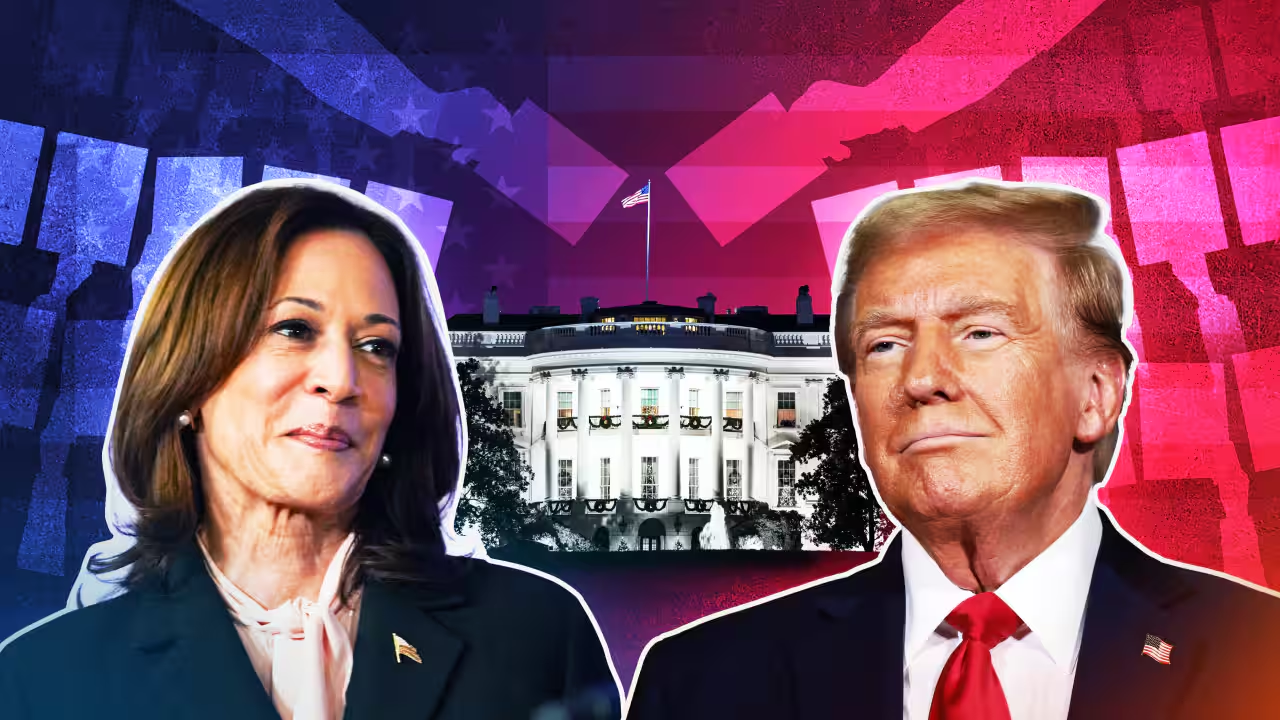
With the US Election 2024 happening on November 5, all eyes are on how both major parties are navigating the murky waters of campaign marketing. Republicans, Democrats, and candidates everywhere seem to be tapping into everything from classic television spots to meme-worthy TikTok trends. Here’s where things get interesting: while the playbook might still include handshakes and rallies, we’re seeing an unmistakable shift in what works—and it’s all happening online.
From Donald Trump and Kamala Harris in the US to Australia’s own Anthony Albanese and Peter Dutton, election cycles offer plenty of lessons. Dive into how traditional and digital strategies stack up—and what businesses running their own competitive campaigns should take away from this political showdown.
The “Classics” of Campaign Marketing

Campaigns still haven’t totally abandoned the classics. Think billboards, radio ads, newspaper op-eds, and a good old-fashioned rally or two. The New York Times, for instance, provides regular, in-depth updates on the U.S. election, keeping readers informed with real-time coverage and expert analysis. In the US, both Republicans and Democrats rely on TV ads and prime-time debates to sway public opinion. According to Nielsen, a media analytics company, the ABC News debate reached an estimated 67.1 million viewers, broadcasting across 17 stations. (It’s hard to resist the drama of a heated debate, right?) Republicans have focused their traditional strategies on pressing issues and mentioning keywords that resonate with their voter base, while Democrats use rallies to show a united front and push messages of community and inclusivity.
Australia’s Liberal and Labor parties also keep it old-school in some ways. Liberal leader Peter Dutton has a strong focus on policy-driven radio segments, often dropping unexpected details during live broadcasts. He is present on the LNP platform almost every Thursday, while Anthony Albanese’s Labor Party leans into the grassroots vibe through community meetups and appearances, answering questions the community asks him face to face. But here’s the catch: the ability to adjust on the fly and get real-time reactions? You won’t find it here. Traditional marketing, for all its tried-and-true appeal, is a one-way street.
The Real-Time, Right-Now World of Digital Campaigning

In 2024, digital isn’t just an add-on; it’s practically the main event. US campaigns are all about reaching voters where they already are: online. Republicans have taken to Facebook and X (formerly Twitter) to keep their messages front and centre. Their social posts, text messages, and live updates target supporters with content that’s quick, direct, and sometimes even meme-ready. In fact, a July report from the Pew Research Centre revealed that, since Musk’s takeover, X has shifted to attract a more Republican-leaning user base. Trump’s team, for instance, has upped its game with text message donations and targeted ads—if you’ve got a phone, you’re in the loop.
Meanwhile, the Democrats are tackling social media with TikTok and Instagram, where Vice President Kamala Harris is dropping behind-the-scenes clips and relatable policy talk. With almost 7 million followers on TikTok, Vice President Kamala Harris is reaching the younger generations by keeping up with trends and by showcasing celebrities like Beyonce, Cardi B, Taylor Swift and the Obamas endorsing her during her rallies. This keeps younger voters engaged while being on their social media platforms.
Over in Australia, Labor’s Anthony Albanese has followed suit, using Instagram and TikTok to connect with younger demographics by talking about solutions or opportunities his party is offering to try and resolve issues they are facing, such as HECS debt, unpaid placements, or card surcharges. while the Liberals take a more professional tone, using LinkedIn to reach business-focused audiences and showcasing the problems our society is now or still facing under the opposite party’s mandate.
The difference with digital? It’s alive. Campaigns aren’t just talking at voters; they’re sparking back-and-forth’s, with the flexibility to adjust to whatever’s trending that day (or minute).
Notable Digital Strategies from US Election 2024 and Australian Upcoming Election Campaigns
| Digital Strategy | Republican & Liberal Party Approach | Democrat & Labor Party Approach |
| Social Media | Facebook and X for grassroots outreach; direct, issue-driven posts | Instagram and TikTok for relatable content and younger reach |
| Text and Email Campaigns | Focused on specific interests and demographics | Targeted email blasts based on trending issues |
| Live Streams and Events | Rallies and streaming platforms to capture and engage supporters | Livestreamed events with behind-the-scenes access |
| Paid Online Ads | Ad campaigns tailored around key policy issues | Micro-targeted ads focused on voter sentiment |
| Influencer and Partner Engagement | Endorsements from well-known figures | Collaborations with popular social media influencers |
This real-time engagement means parties are no longer guessing how people feel; they know and they’re quick to shift gears if needed. It’s like A/B testing, only with millions of voters watching and engaging with content as it appears.
Digital Marketing Analytics, Data, and the Art of Knowing Your Audience
In both the US and Australia, campaigns have shifted from guessing about voter concerns to actually knowing. Analytics is the name of the game, with both Democrats and Republicans using advanced data tools to identify voter priorities, whether it’s the economy, social issues, or climate policy. It’s the same in Australia, where Labor and Liberal parties use voter data to steer messaging that resonates with specific audiences.
Labor, for instance, has taken a data-driven approach to identify what resonates on Instagram and TikTok, with Anthony Albanese appearing in settings and contexts that appeal to younger Aussies. Meanwhile, the Liberals, led by Peter Dutton, zero in on LinkedIn content that addresses economic policies and targets working professionals. It’s all about refining messages to meet voters where they are and echo the topics they’re already discussing.
What’s the Takeaway for Businesses?
For businesses, this all offers a valuable roadmap: staying relevant means meeting your audience where they are, engaging with what’s on their minds, and staying nimble. It’s about making marketing a two-way street, where you can adjust based on real-time data and feedback.
US Election 2024: The Conclusion
The 2024 US Election isn’t just a political showdown; it’s a showcase of evolving marketing strategies. Traditional methods might still have their place, but digital marketing brings flexibility, real-time engagement, and data-backed insights that today’s audiences expect. By integrating the best of both, campaigns from the US to Australia demonstrate the power of a well-rounded strategy.
Looking to bring your marketing into the digital age? Contact Ignite Search for the digital strategies that will engage your audience, adapt your message, and drive growth. Let’s create a winning campaign where you know what works.










